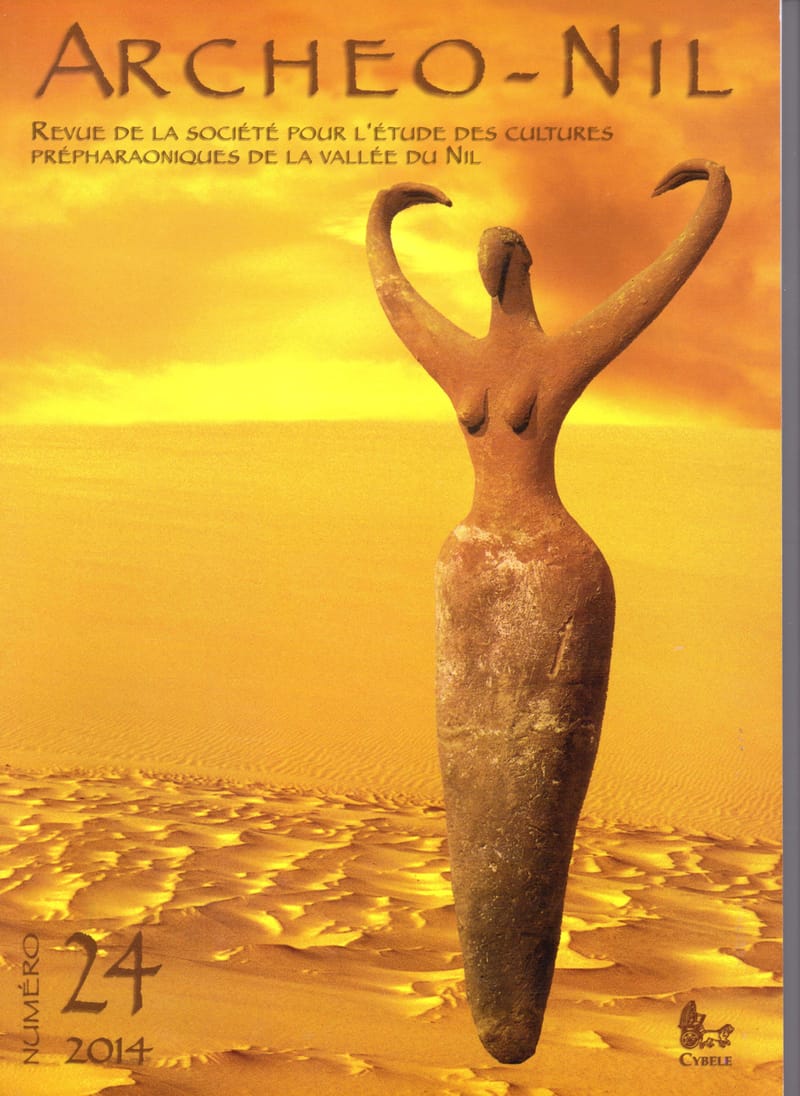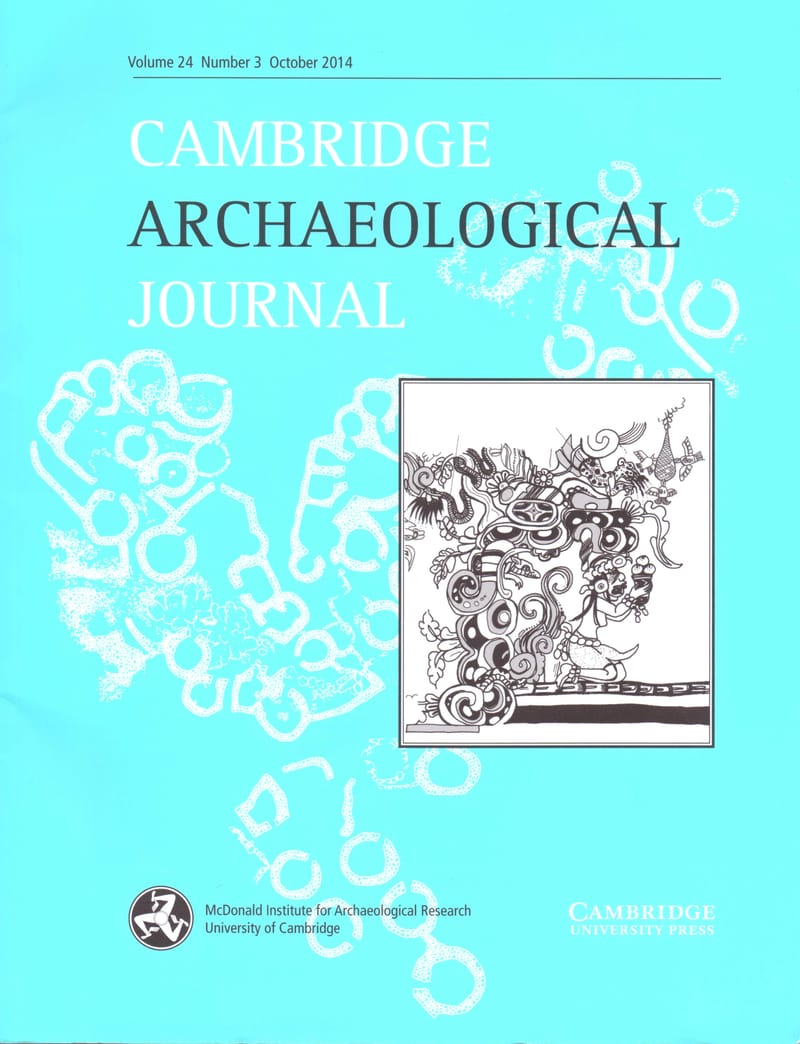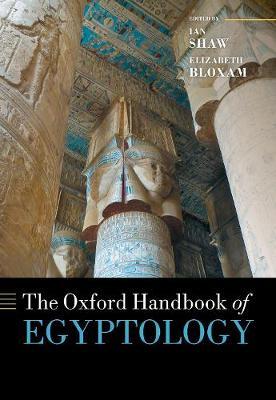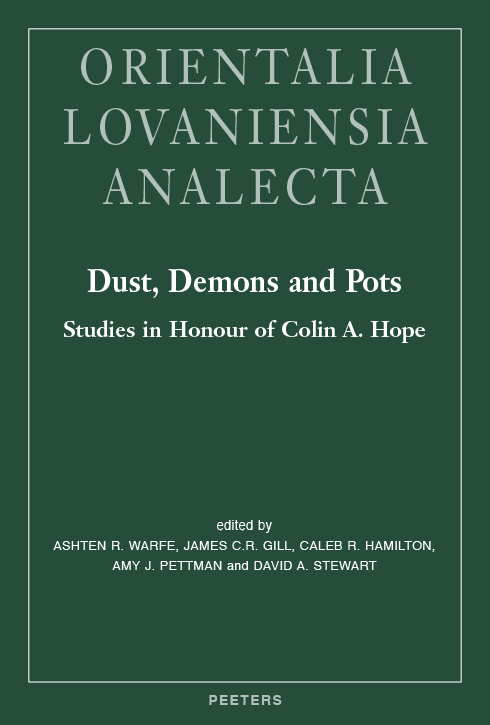Articles
This is the first major publication about the discovery, in 2010, of the Predynastic to Early Dynastic palette, bracelet and vessel quarries in the Wadi Hammamat.
Read MoreThis article presents a fresh perspective on Egyptian quarrying that aims to balance the more accepted (and persistent) perceptions of overriding state control of these activities, with viewpoints gained from recent archaeological survey of the WadiHammamat quarries. Practically and theoretically, a holistic approach is taken that contextualizes the textual sources and other elements of the archaeological record within the quarry landscape as a series of material complexes.
Read MoreThe history of research of procurement landscapes is a fundamental aspect in terms of understanding why holistic, multi-disciplinary methods of documenting and interpreting procurement landscapes in Egypt remain in their infancy in comparison with similar research agendas in European, American, and Australian contexts. This chapter therefore aims to set out the research background of quarrying and mining studies, and its impact, in terms of understanding the reasons why this type of archaeological landscape has been largely ignored in Egyptological studies. As a case study, the Wadi Hammamat quarry landscape is described and interpreted as a key place of contact between local and regional skilled craftspeople over several millennia.
Read MoreThis article provides a brief overview of the discovery of the previously unknown Predynastic greywacke quarries, and associated rock art, in the Wadi Hammamat region of the Eastern Desert. As the one source of prestige objects such as palettes, bracelets and vessels that feature in numerous elite burial contexts dating between the early 4th millennium BC to Early 3rd millennium BC, this chapter explores new methodological approaches to enhance our understanding of the social context of early stone procurement. The influence of cross-cultural and comparative approaches from social archaeology, anthropology and indigenous archaeology, particularly from ethnographic research of Australian Aboriginal stone-working, are discussed in terms of developing fresh research methods. Such approaches haver revealed a far more nuanced picture of interaction between local and regional social groups, in which the quarries played a central role. Please contact either the publisher or the author to request a copy of this article
Read More


